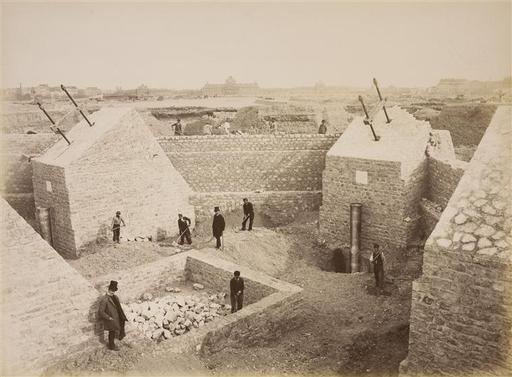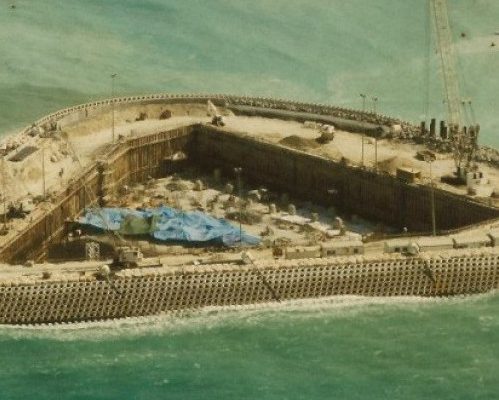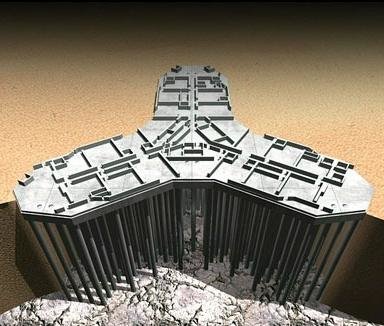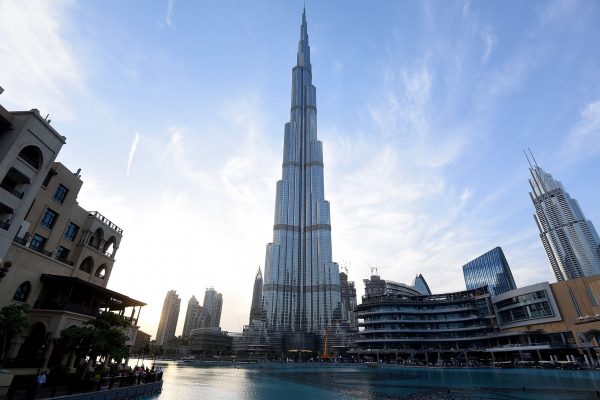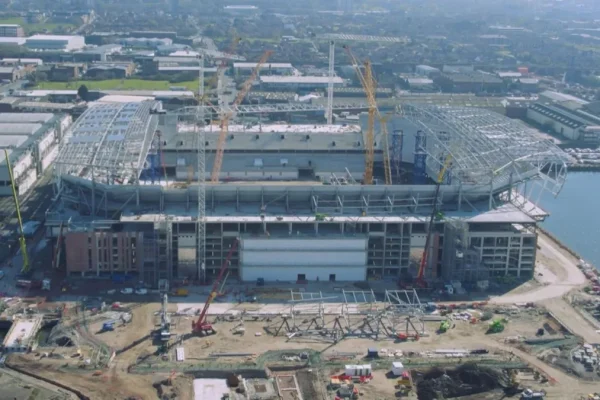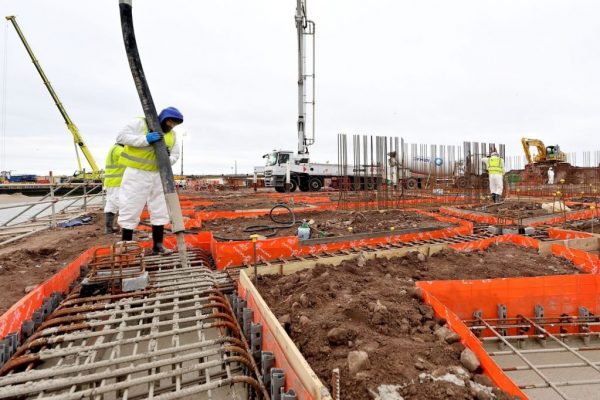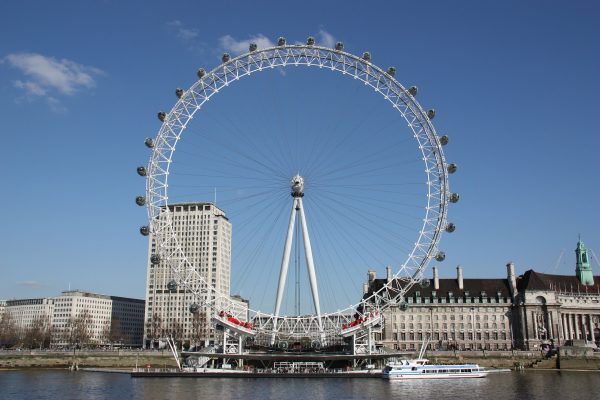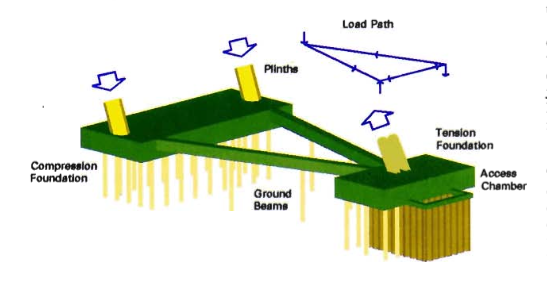Did you know these 5 landmarks have piled foundations?
5. Eiffel Tower, Paris, France (1889)
Each leg of the 330m tall Eiffel Tower has its own foundations, which were complex for the time due to the fact that they follow the incline of each leg, rather than being vertical. Adding to the complexity is the fact that 2 of the legs are close to the river Seine, so they required two piles installed with compressed-air caissons 15m long and 6m in diameter driven to a depth of 22m.
4. Burj Al Arab, Dubai, UAE (1999)
Piles usually work by transferring the weight of a structure to solid rock. But in the case of the 321m tall Burj Al Arab hotel (which is constructed on an artificial island 280m off the coast of Dubai), core tests revealed no solid rock underneath for at least 180m. This meant that 230 friction piles had to be used. Skin friction between the rough surface of the piles and the ground keep them (and the building) firmly in place.
3. Burj Khalifa, Dubai, UAE (2009)
Currently the world’s tallest building, the 829m tall Burj Kalifa also relies on friction piles for the same reason as the Burj Al Arab. This time there are 192 1.5mø piles at a depth of more than 50m. The foundation also used 45,000 cubic metres of concrete, weighing more than 110,000 tones. For comparison, the entire Eiffel Tower weighs just a 1/10th of that at approx. 10,100 tonnes!
2. Everton Stadium, Liverpool (2024)
The Toffees’ new stadium isn’t exactly a landmark but it’s still an impressive bit of British engineering. Everton Football Club’s brand new 52,888 seater stadium is located on Bramley-Moore Dock, which until recently was a body of water between 2 wharfs. 2,400 600mmø CFA bearing piles, approx. 15m deep, support the main stadium, while 6 rotary bored piles support a nearby bridge. So the Toffees may not stay up, but their new stadium certainly will!
1. London Eye, London (2000)
The 135m tall London Eye sits on multiple foundations or ‘bases”. The compression base supports the ‘A’ frame that holds the wheel itself, and it consists of 40 750mmø bored piles at depths of approx. 32m. While the tension base anchors the rear cables and consists of 12 750mmø bored piles. The foundations were particularly important when it came to erecting the wheel horizontally over the Thames, as rearing it into its operational position imposed enormous forces on them.


